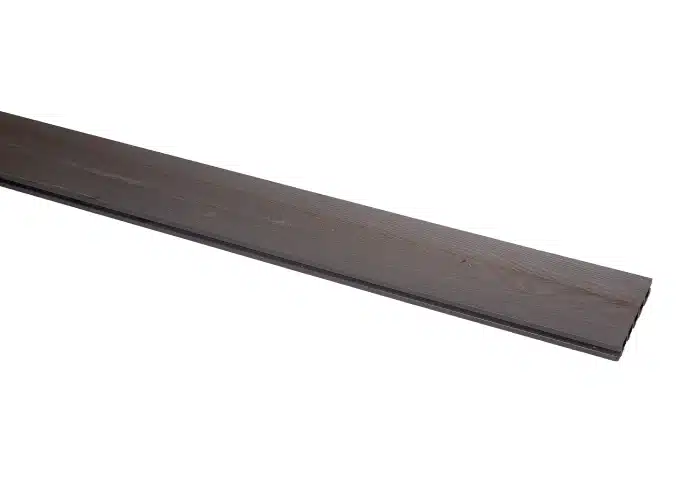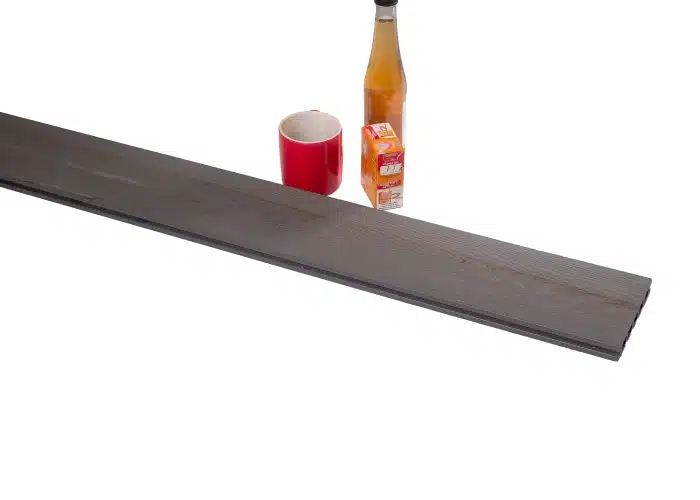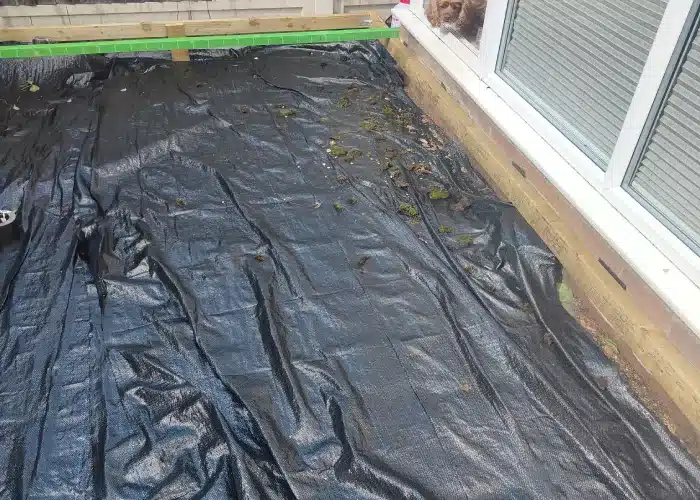Can I Use Vinegar on Composite Decking?
Composite decking is one of the most low-maintenance decking available. However, many mistakenly think that it requires no maintenance. You still need to maintain it to avoid having other problems. One of which is mould growth. While most composites are marketed as resistant to mould growth, moulds and fungi can still grow on them. If this happens, how can you remove mould from your composite decking? Fortunately, there are a few easy ways to do it. Here are some of them.
Using Commercial Decking Cleaning Products
One of the easiest ways to remove mould is by using decking cleaning products specifically designed to remove moss and algae from your decking. You can find them in your local stores. The most effective ones are oxygenated decking cleaning products that contain sodium percarbonate. They often come in powder form.
How do you use these cleaners? For many commercial mould-removing cleaners, you only need to wet the decking with it and leave it for a few minutes for the chemicals to take effect.

Finally, rinse the decking with water. You can also use a power washer in the lowest possible setting. There are also products that you can apply to the decking and leave until it dries. Of course, instructions depend on the product you’re using.
Commercial cleaning products are among the most effective ways to remove mould from your decking. Unfortunately, they can cost more than using natural DIY means.
Using Homemade Cleaning Solutions
Another excellent way to keep your decking clean from moulds is by using homemade cleaning solutions. Not only is it cheap, but it can also be as effective as using commercial cleaning products.
One of the most effective ways is by the use of vinegar and baking soda. Vinegar contains acetic acid, which can kill over 80% of mould species, vinegar contains over 4% of acetic acid and you must have over 4% acetic acid to kill mould based on a patch of 0.92 sqm or 10sqf.

It can also prevent the further growth of moulds. How do you clean a deck using vinegar? There are many ways to go about it.
First, you will need to remove everything from your patio, including furniture and plants. Next, sweep the floor to remove debris and dirt. Then, rinse the deck with water. After the deck is rinsed, make a cleaning solution by mixing 1 cup of baking soda and 1 cup of vinegar into a bucket of water. If you want a stronger solution, you add more vinegar.
Then, with a soft bristle brush, scrub the areas with moulds by using the solution on the spot. Finally, rinse it off with water. If there are persistent spots, you can spray undiluted vinegar on them. Then, sprinkle baking soda and let it sit for a few minutes without letting it dry. Then, scrub it with a soft brush.
Another effective method of removing mould on decking is by using hydrogen peroxide. But unlike vinegar, it doesn’t kill the moulds. Instead, it lifts the mould from the surface and makes it easier to scrub away. To use it, apply it to the problematic areas until it foams. Then, use a soft bristle brush to scrub away any algae or moss on the area.
Aside from using chemicals, you can also use a pressure wash to remove the moulds from the decking. You won’t need to use any chemicals or DIY cleaning solutions for this one. You only need the sheer pressure of water to remove the moss and fungi on your decking. However, this method may be riskier than the previous ones, high settings on a pressure washer can damage your deck.
Doing it improperly may damage your decking. To make this work, you will need to determine how much pressure your decking can handle. Use a wide tip to minimise the damage. You may also want to remember that some manufacturers void your warranty if you use a power washer.
How to Prevent Mould From Growing on Your Decking?
There is no way to prevent the growth of mould from your decking fully. It will eventually grow, but you can slow it down. Moulds thrive on moisture, so make sure that your decking is dry. If you are having a problem keeping your decking dry, you can try using a water-resistant seal. However, most composite decking won’t need it. Having a regular cleaning schedule also helps to stave off moulds. A thorough cleaning at least two times a year is necessary.
Also, find out, “is composite decking slippery when wet“?
How to Keep Grass From Growing Under My Composite Decking



